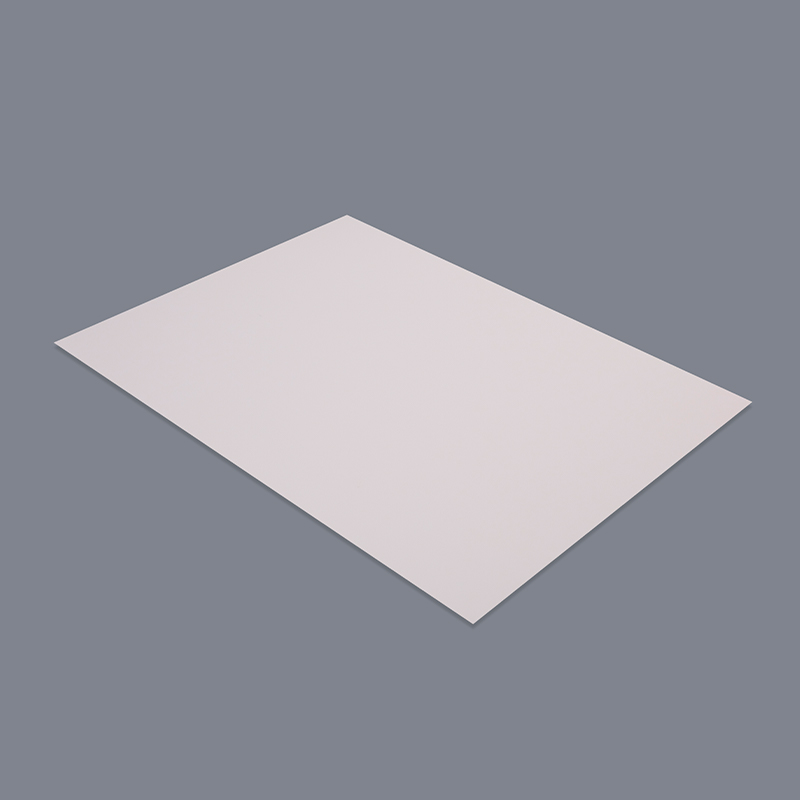When these two light waves meet on the holographic film, they interfere. Because their phase and amplitude may differ, interference causes the light waves to intensify in some areas (creating bright streaks) and to weaken or cancel out in some areas (creating dark streaks). These alternating light and dark fringes are interference fringes, and they are recorded on the holographic film.

The formation of interference fringes is actually a process of encoding the light wave information of the object. These stripes not only record the amplitude information of the object (i.e., the brightness or darkness of the light), but also record the phase information of the object (i.e., the wave state of the light). Therefore, when the holographic film is illuminated with appropriate reproduced light waves, these interference fringes are able to diffract and reconstruct the object's light waves, thereby reproducing a three-dimensional image of the object.
The formation of interference fringes has high requirements on the coherence of the light source, the stability of the optical path and the quality of the holographic film. Only when these conditions are met can a high-quality holographic film be produced and the holographic image of the object successfully reproduced.

 English
English Español
Español русский
русский











